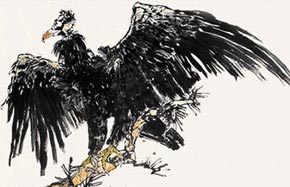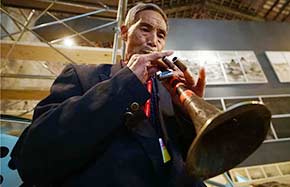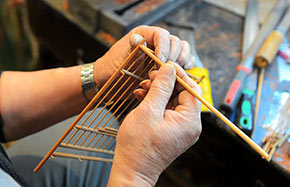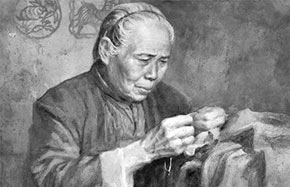New book highlights success stories of Belt and Road lands
The entries have been selected from hundreds of stories concerning ordinary people in foreign countries that are related to the Belt and Road Initiative. The books have been published in Chinese, English, French, Spanish, Russian, Arabic and Portuguese.
From Pablo Cordova, an Ecuadorean hotel employee who survived a deadly earthquake because of a Chinese rescue technology, to Sherba Kalimovich, a Kyrgyz farmer who lifted his family out of poverty by growing Chinese corn, the book has individual stories to reflect the big picture of the project initiated by China.
As an earthquake survivor, Cordova also met President Xi Jinping during his visit to Ecuador last year.
"I was so excited to give him a hug," Cordova, 52, recalls.
Cordova now works at an earthquake rescue center, which is equipped with Chinese technology.
People's pursuit for better lives is recorded in these stories. For example, Tajik workers at Chinese cement plants successfully supported their country's ambition to be a cement exporter. In Aleppo, Syria, local handmade soaps continued to supply Chinese market in spite of the war.
"Some countries have been dragged into longtime unrest by outside interferences," Cai Mingzhao, president of Xinhua News Agency, wrote in the preface of the book. "However, from China's peaceful development, a large number of developing countries have realized the existence of a path of development that is different from Western models. In their eyes, this path is closer to their national realities and is more rational and feasible."
"The Belt and Road Initiative is the bond maintaining emotions between China and the rest of world," Stojanovic says. "It also leads us to approach a brighter future together."

















